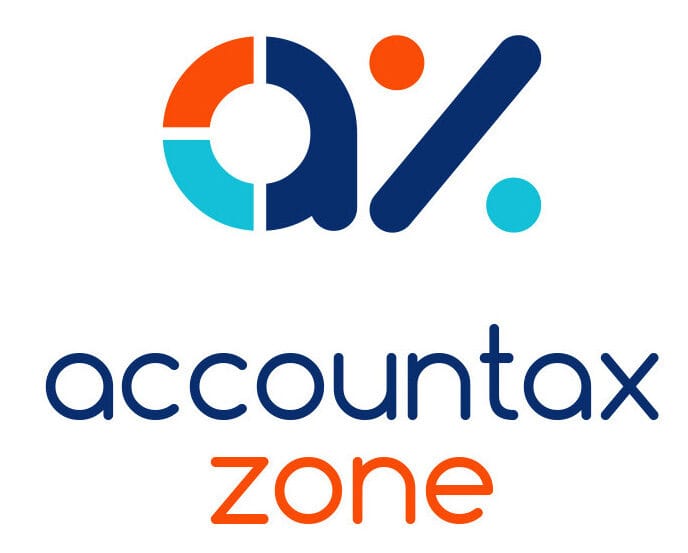There are three ways in which former students with student or post-graduate loans can make loan repayments:
- from deduction from their wages or salary through the PAYE system;
- to HMRC through the Self Assessment system; or
- direct to the Student Loans Company (SLC).
Students will normally start making repayments from the start of the tax year after that in which they finish or leave their course.
Where an individual is employed, their employer deducts the repayments from their wages or salary and pays them over to HMRC, who pass them on to the SLC. Here, we look at how repayments are made through the Self Assessment system.
Repayment thresholds
Loan repayments are only made where an individual’s income exceeds the repayment threshold for the loan that they have. For 2023/24 and 2024/25, the annual thresholds are as follows:
| Loan type | Annual repayment threshold | |
| 2023/24 | 2024/25 | |
| Plan 1 student loan | £22,015 | £24,990 |
| Plan 2 student loan | £27,295 | £27,295 |
| Plan 4 student loan | £27,660 | £31,395 |
| Post-graduate loan | £21,000 | £21,000 |
For Plan 1, Plan 2 and Plan 4 student loans, repayments are made at the rate of 9% of income in excess of the relevant threshold; for post-graduate loans, repayments are made at the rate of 6% of income in excess of the relevant threshold.
The repayments are the same regardless of the repayment method.
You may also like to read: Tax relief on charitable donations
Repaying through Self Assessment
Taxpayers who are self-employed or who have another source of income (other than one taxed through PAYE) and who need to complete a tax return will make repayments through the Self Assessment system. Where an individual is employed but also has income which they need to declare on a tax return, for example, from a self-employment, they will make repayments both through PAYE and through Self Assessment. However, any amounts repaid through PAYE will be deducted in determining the amount to be paid through the Self Assessment system.
Unearned income
Unearned income is taken into account in calculating student loan repayments if it exceeds £2,000 in the tax year. This would include income from savings (before deducting the personal savings allowance) or rental income (after deducting the property allowance where relevant). However, if unearned income is less than £2,000, it is ignored in calculating student loan repayments.
Example
Martha has a job in 2023/24 in which she earns £30,000. She also has profits of £4,000 after deducting the trading allowance from her freelance knitwear business and interest on savings of £800 a year. She has a Plan 2 student loan.
Her earnings from her job in 2023/24 exceed the Plan 2 threshold of £27,295 by £2,705. Her employer deducts student loan repayments of £243 (9% (£30,000 – £27,295)).
Martha completes her 2023/24 tax return. Her total income for the year is £34,800. However, as her unearned income of £800 is less than the £2,000 threshold, it is ignored in calculating her student loan repayments for the year, and the repayments are calculated by reference to income of £34,000. Consequently, she is required to pay back £603 (9% (£34,000 – £27,295)). However, she has already paid back £243 through the PAYE system, leaving a balance of £360 to be paid by 31 January 2025 through the Self Assessment system.
Beware payrolled benefits
Last year HMRC were forced to apologise after they miscalculated student loan repayments. The error arose because payrolled benefits were taken into account in calculating the repayments when they should have been ignored. HMRC wrote to those affected, who were offered the choice of a refund or the option to leave the amount as a loan repayment. While HMRC are now aware of this, it is prudent to check that payrolled benefits have not been taken into account is calculating amounts due.
Partner note: The Education (Student Loans) (Repayment) Regulations2009 (SI 2009/470).










